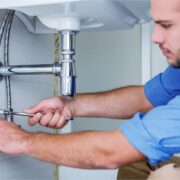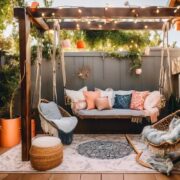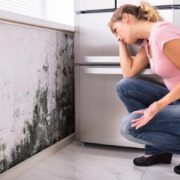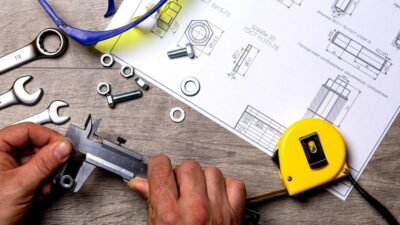As family members age, ensuring their safety and well-being becomes a top priority. Creating a secure living environment for seniors is essential to provide them with the comfort and peace of mind they deserve. To help you achieve this, here is a comprehensive home safety checklist that covers various aspects of senior living. By following these guidelines, you can make your loved one’s home a safer place for them to thrive.
Table of Contents
Lighting Matters
Good lighting is crucial for seniors. Ensure that all areas of the house are well-lit, especially hallways, staircases, and entryways. Use brighter bulbs and consider installing motion-sensor lights in key locations to prevent accidents during nighttime trips to the bathroom or kitchen.
Remove Hazards
One of the simplest yet most effective steps in senior home safety is decluttering. Remove loose rugs, low-lying furniture, and any obstacles that might cause tripping or falling. Secure electrical cords along baseboards to prevent them from becoming tripping hazards.
Secure Stairs and Railings
If your home has stairs, make sure they have sturdy handrails on both sides. Consider installing non-slip treads on each step to minimise the risk of slipping. If your loved one has difficulty with stairs, consider installing a stairlift for easy access to different levels of the house.
Bathroom Safety
The bathroom can be a dangerous place for seniors due to slippery surfaces. Install grab bars near the toilet and in the shower or bath area. Non-slip mats and adhesive strips should be used in the shower or bathtub to prevent falls. A raised toilet seat can also make it easier for seniors to use the facilities.
Kitchen Precautions
In the kitchen, ensure that frequently used items are within easy reach. Store heavy or rarely used items on lower shelves. Keep a fire extinguisher and smoke detector nearby, and check them regularly to ensure they are in good working order.
Bedroom Safety
In the bedroom, create a clutter-free environment and provide adequate lighting for nighttime navigation. A bedside table with essential items such as a phone, water, and medication can prevent your loved one from getting out of bed frequently, reducing the risk of falls.
Secure Windows and Doors
Check all windows and doors for proper locks. Consider installing deadbolts for added security. Ensure that your loved one can easily open and close these entrances without any difficulty.
Temperature Control
Maintain a comfortable temperature in the home, especially during extreme weather conditions. Install smoke and carbon monoxide detectors in key areas and regularly check their batteries. Seniors may have difficulty sensing temperature changes, so make sure they have access to blankets and clothing appropriate for the season.
Emergency Preparedness
Create an emergency plan and ensure that your loved one knows what to do in case of a fire, natural disaster, or medical emergency. Keep a list of emergency contacts and medical information readily available. Consider a personal alarm system that can be worn around the neck or wrist for easy access to help if needed.
Regular Maintenance
Schedule regular maintenance checks for your home. This includes inspecting electrical systems, plumbing, and heating/cooling systems to ensure they are in good working order. Address any issues promptly to prevent potential hazards.
Assistive Devices
Explore assistive devices that can improve your loved one’s safety and independence. These may include mobility aids like canes, walkers, a double handle step stool, shower chairs, and hand-held shower heads. Ensure that these devices are in good condition and properly maintained.
Medication Management
If your loved one takes multiple medications, consider using a pill organiser to prevent medication mix-ups. Set up a medication schedule to ensure they take their pills as prescribed. It’s also a good idea to periodically review medications with their healthcare provider to minimise potential side effects or interactions.
Regular Check-Ins
Finally, maintain regular communication with your loved one and their caregivers. Checking in on their well-being and addressing any concerns promptly is essential to ensuring their safety and overall quality of life.
Wrapping Up
By following this comprehensive home safety checklist, you can create a secure living environment for seniors that promotes their independence and peace of mind. Remember that each individual’s needs may vary, so tailor your safety measures to suit their specific requirements. With careful planning and attention to detail, you can help your loved one age in place comfortably and safely.













Comments